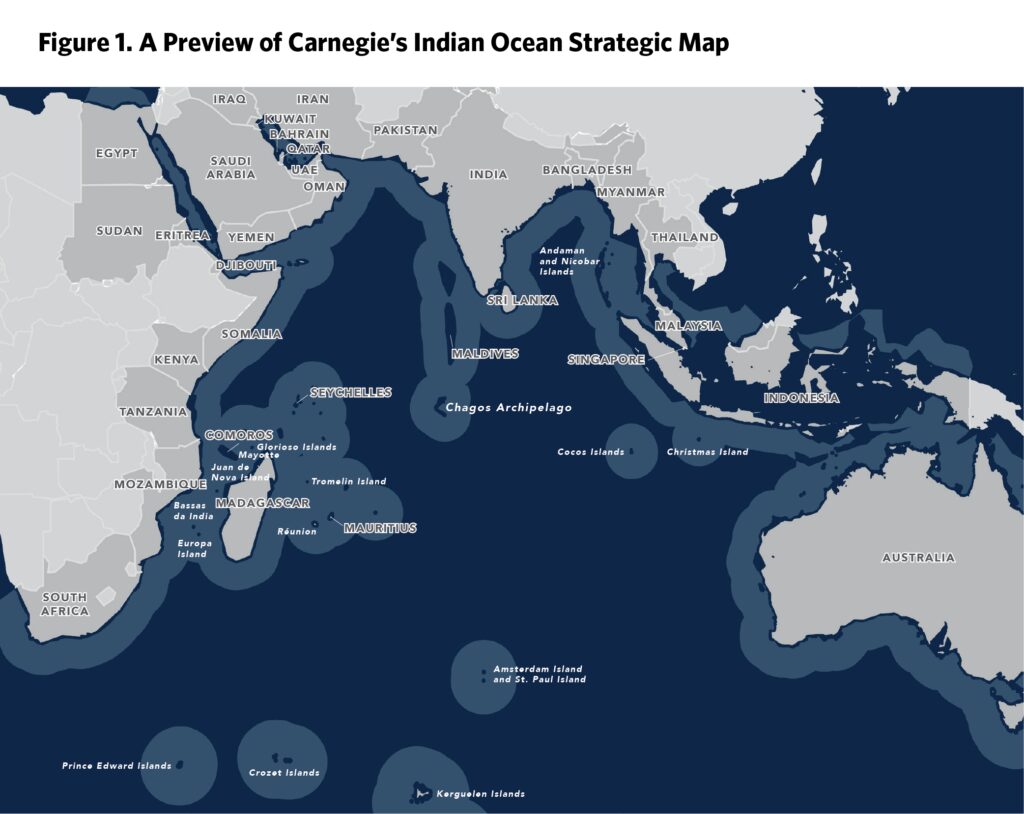The focus of this article is on understanding the role of the Australian Defense Force (ADF) in ensuring regional security in the South Pacific. With the region experiencing complex geopolitical dynamics and rapid militarization among its neighbors, the ADF’s capabilities in air, land, sea, and cyber domains are crucial in deterring potential adversaries, conducting counter-terrorism operations, and providing disaster relief assistance. The ADF’s maritime capabilities, collaboration with regional partners, and adaptation to evolving threats are key components in maintaining stability and countering challenges such as illegal fishing, transnational crime, and climate change. Ultimately, the ADF plays a vital role in safeguarding Australia’s interests and promoting regional peace and prosperity.
Securing the South: Understanding the Role of the Australian Defense Force in Regional Security
As a geographically isolated island nation, Australia faces unique security challenges in its region. With complex geopolitical dynamics and rapid militarization among some of its neighboring countries, the role of the Australian Defense Force (ADF) in ensuring regional security has never been more important. In this article, we will explore the key components of the ADF’s role in securing the South Pacific and understanding its impact on regional stability.
The Strategic Environment
Australia’s strategic environment is defined by its proximity to the Indo-Pacific region, which is witnessing a rise in tensions and competition among major powers. China’s growing assertiveness in the South China Sea and the Indian Ocean, as well as the United States’ renewed focus on the region under the Indo-Pacific strategy, have heightened security concerns for Australia.
Furthermore, the South Pacific is home to small island nations that are vulnerable to external influences and are often unable to defend themselves effectively. Australia’s security ties with these countries are crucial in maintaining stability and countering threats such as illegal fishing, transnational crime, and climate change.
The Role of the ADF
The ADF plays a multifaceted role in ensuring regional security, with its capabilities encompassing air, land, sea, and cyber domains. Its primary objectives include deterring potential adversaries, conducting counter-terrorism operations, supporting peacekeeping missions, and providing disaster relief assistance.
One of the key components of the ADF’s role is its maritime capabilities, which are vital for protecting Australia’s vast maritime interests and securing the sea lines of communication that are critical for trade and economic prosperity. The Royal Australian Navy (RAN) operates a fleet of modern warships, submarines, and aircraft that can patrol and deter threats in the region.
In addition to maritime capabilities, the Australian Army and Royal Australian Air Force (RAAF) contribute to regional security through their land and air assets. The ADF’s presence in key locations, such as the Northern Territory and the Pacific Islands, allows for rapid deployment in response to emerging threats and crises.
Cooperation and Alliances
Australia’s security interests are closely tied to its relationships with regional partners and allies. The ADF actively participates in military exercises and training with countries such as the United States, Japan, and New Zealand, enhancing interoperability and coordination in times of crisis.
Furthermore, the ADF’s involvement in multilateral organizations, such as the Five Power Defence Arrangements and the Pacific Islands Forum, strengthens Australia’s position as a security provider in the region. By working closely with its partners, the ADF can leverage collective capabilities and resources to address common security challenges.
Challenges and Opportunities
Despite its formidable capabilities, the ADF faces several challenges in maintaining regional security. These include budget constraints, technological advancements in potential adversaries, and changing strategic dynamics in the Indo-Pacific region. To address these challenges, the ADF must continue to modernize and adapt its capabilities to meet evolving threats.
However, there are also opportunities for the ADF to enhance its role in regional security. By investing in new technologies, expanding partnerships with like-minded countries, and promoting greater regional cooperation, the ADF can play a more proactive and influential role in shaping the security landscape of the South Pacific.
Conclusion
Securing the South Pacific is a complex and evolving task that requires a comprehensive approach from the Australian Defense Force. By understanding the strategic environment, leveraging its capabilities, and cooperating with regional partners, the ADF can effectively address threats and enhance stability in the region. As Australia’s primary security provider, the ADF plays a crucial role in safeguarding the nation’s interests and promoting regional peace and prosperity.
